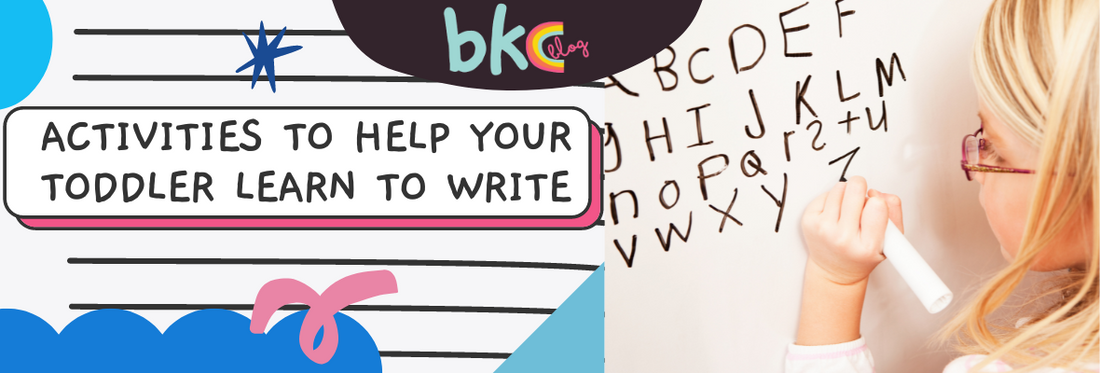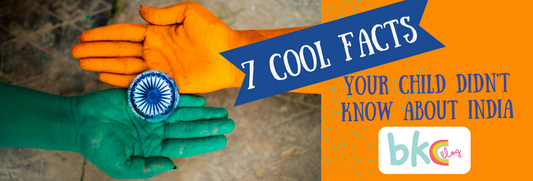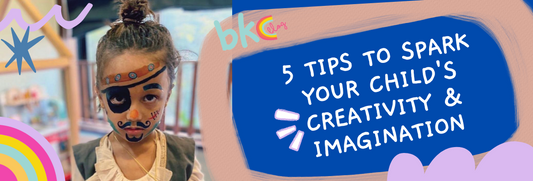Learning to write is one of the most important milestones for children to achieve. That said, it is also one of the most challenging! As a parent, it’s crucial to have some tricks up your sleeve to help your little one get through this journey, and well, write their own story!

Human brains are naturally wired to speak, whereas reading and writing are acquired skills. We naturally understand sounds and can repeat these sounds, but we need to learn how to read and write and train our brains to recognise languages.
As adults, we may not recall the process we went through while learning to write – even though we all struggled with it! Although a part of daily life, learning to write is complex, and it is common for children to struggle with it.
Pre-writing Milestones for Young Children
These indicators will help you recognise your child’s writing readiness. As your child finds it easier to do the following, the closer they are to being physically and developmentally ready to learn how to write.
Gripping (Up to 12 Months)
Most infants and toddlers grab things. This will be your child’s first grip while holding a pencil, pen, chalk, or crayon as well. It is important for them to use this grip as it helps them understand the concept of holding something and using the thing they are holding to do something else – holding mama’s hand and walking, holding a chair and standing, or holding a crayon and scribbling. Even the act of gripping and turning pages will exercise their grip strength! So, offer your child board books like Boynton on Board Eek! Halloween! to play with and help develop their writing readiness skills.
Scribbling (Between 12 and 18 Months)
When a child scribbles, they realise – ‘I can hold the crayon and move my hand, and it forms something on the paper!’ This is the first step for them to become aware of what they recognise later as writing, and is why a toddler will never get bored of scribbling – every scribble is an exciting new creation! Thicker crayons are easier for your little one to grip, and get used to. You can look at these easy-to-hold crayons to help them start their writing journey!

Straight Lines (Between 3–4 Years)
As your child reaches writing-readiness, they will be able to draw straight lines – horizontally and vertically. These lines will not be perfect, but they will gradually help your child grasp the concept of drawing a single line from top to bottom, or left to right. Parents can initially draw the lines and children can trace them.
Curved Lines (Between 3–5 Years)
After straight lines, your child can move on to curved lines. Afterall, all letters are a combination of curves and lines! Draw different-sized curves in different directions for your kid, but remember to keep them simple to begin with.
Pincer Grip (By 4 Years)
When your kid gets comfortable drawing lines and curves, you can start showing them the pincer grip (joining the thumb and forefinger). An activity to help this is to pretend your fingers are a little bird’s beaks talking. Kids can practise opening and joining their fingers before actually holding a crayon or pencil. Another activity that is both fun and helpful for them to develop a proper pincer grip is peeling stickers – this strengthens the muscles required for writing!

Forms (Between 4–5 Years)
Once your child is comfortable with the pincer grip, they can start tracing or imitating forms. You can draw a few simple forms and shapes and they can initially trace them and then try drawing them by themselves. Activity books like Wipe-Clean Horse and Pony Activities and Trace the Trail: Around the World will offer your child an interactive and tactile experience while challenging them to improve their ability to trace lines, shapes and forms.
Drawing (By 5 Years)
Drawing helps improve legibility and fine motor skills. It helps your child make small precise movements with the finger, wrist, and hand. This is crucial for them to learn how to write different letters, numbers, and signs. These gel crayons have the best grip for your toddler to ease into colouring, then drawing, and finally writing!
Activities to Help Your Toddler Learn to Write
If your preschooler avoids picking up their pencil, there is no need to panic and worry, these activities can help your young child progress with handwriting-related developmental milestones detailed above.
Pushing Beads Into Playdough
Have your little one push beads into playdough using only a pincer grip. This strengthens the muscles they need for writing and also enables hand-wrist movement.
Tracing Letters in Salt
Before your child starts writing with a crayon, pencil, or chalk, tracing in salt can help them understand the formation of each letter better. The coarseness of the salt allows them to feel the path of each letter and activates their sensory-motor skills as well.

Walking With Verses
Using a piece of chalk dipped in water, trace the letter you want your little one to learn on the floor, or do the same with erasable markers on large sheets of paper. Then they can walk the path of the letter, just as they would write it! It is advisable to start with capital letters and then small letters, as capital letters are an easier combination of lines and curves! While they are walking along the path of the letter, you can narrate a verse with the same ‘sound’ – if you are teaching them the letter ‘A’, you can say (or sing) ‘Anna ate an apple’. This helps them associate the shape of the letter with the sound it makes!
Tracing Activities
Connecting dots on paper helps your little one connect the dots in their minds! You can make dots in the shape of letters or numbers on an erasable board or a sheet of paper, or get pre-made sheets. This activity helps your child understand how a letter is formed, and with enough practice, they will be able to form letters without help. You can also help them with activity books like Get Ready for School - Activity Book to ensure they are ready with the skills they need before joining school.
Stringing Bead Activities
This is another fundamental activity to help with fine motor skills. Holding the bead, aligning it to the string, and then threading it helps develop muscles and reflexes required to develop writing skills. However, it is important to make sure the string is thick enough and the bead holes big enough for your child to be able to string them (shoelaces and big beads work best for this!) Parents, make sure to supervise your children during this activity as beads can be a choking hazard.

Flashcards
Showing your children flashcards and picture cards while they write is a great way to teach letter formation as well as the sounds associated with the letters. As they get more familiar with the sounds of the letters, you can show them how different letters can be combined to form a whole new sound (word) – for example, how c-a-t can become cat!
However daunting it may seem at first, with the right knowledge, we can help our little ones through this process, and even make it enjoyable! So hang in there, record every milestone via pictures, maybe even make a small book out of everything your little one draws and writes – in time, you will have the perfect 18th birthday gift for them!





